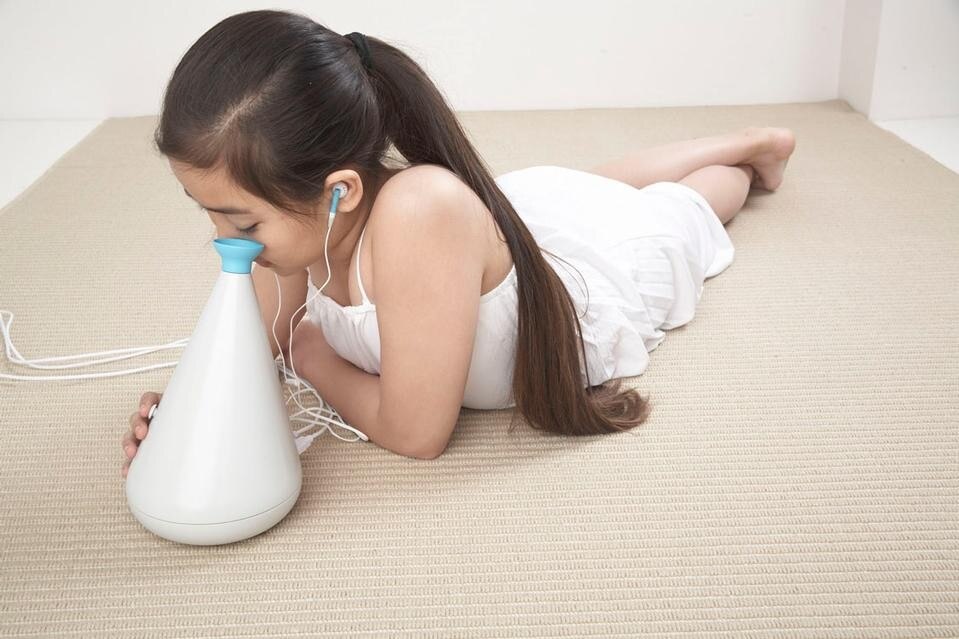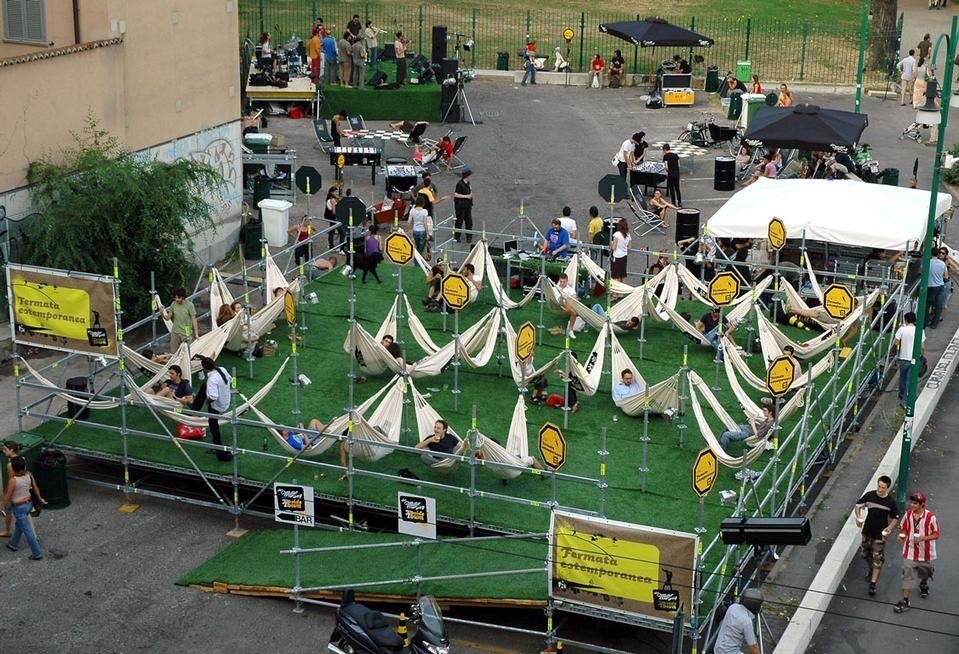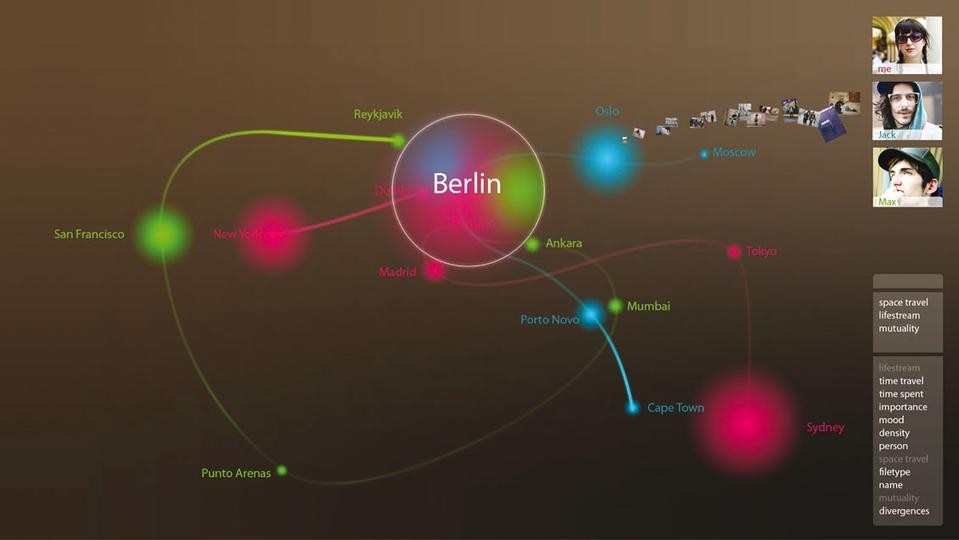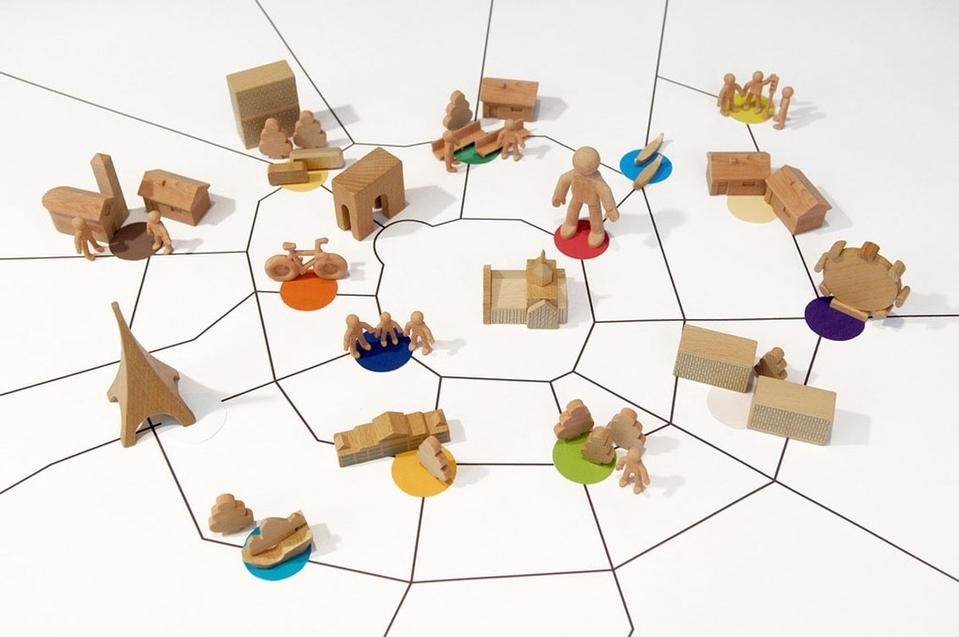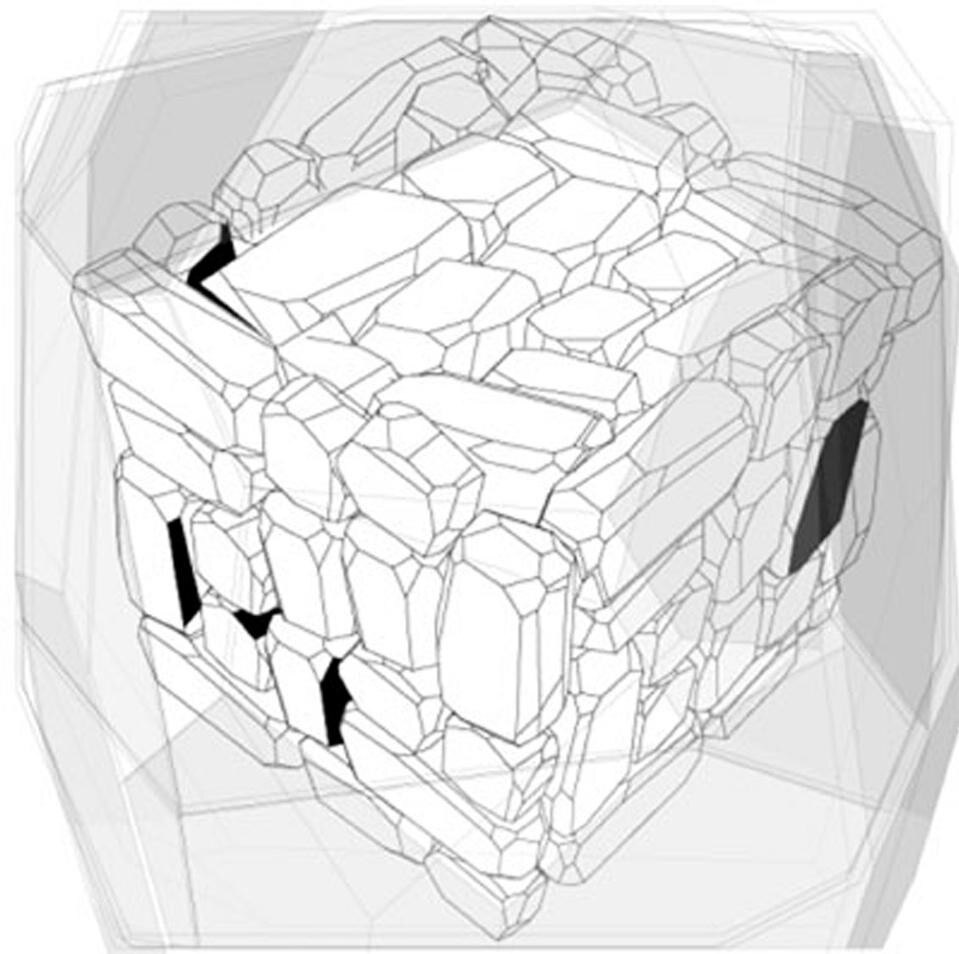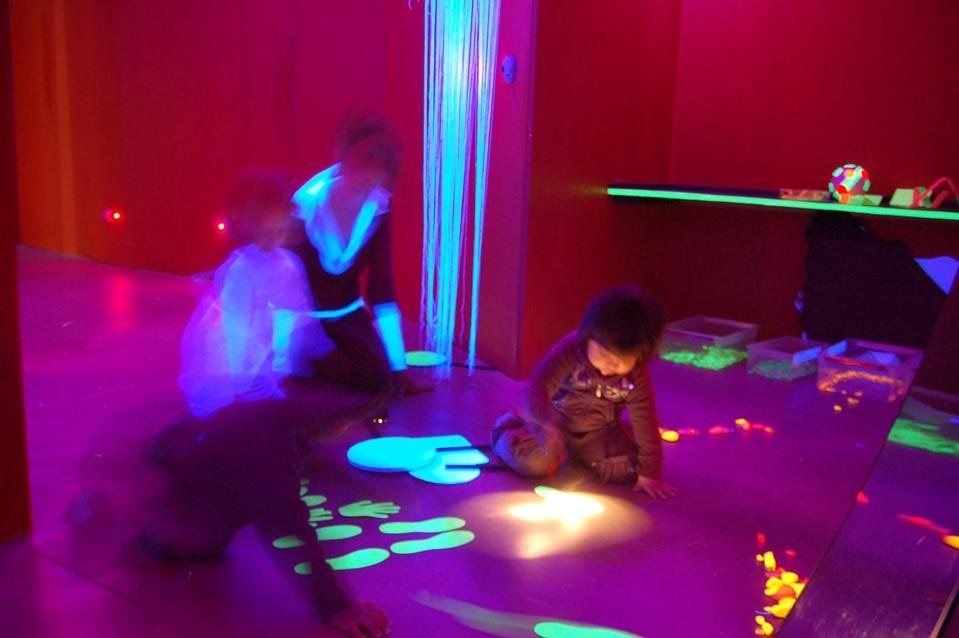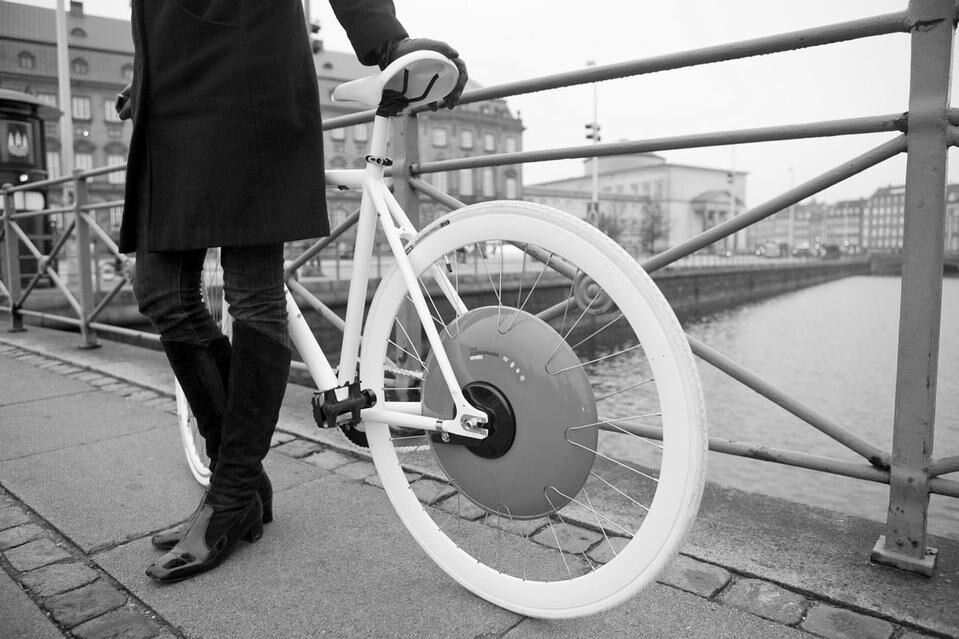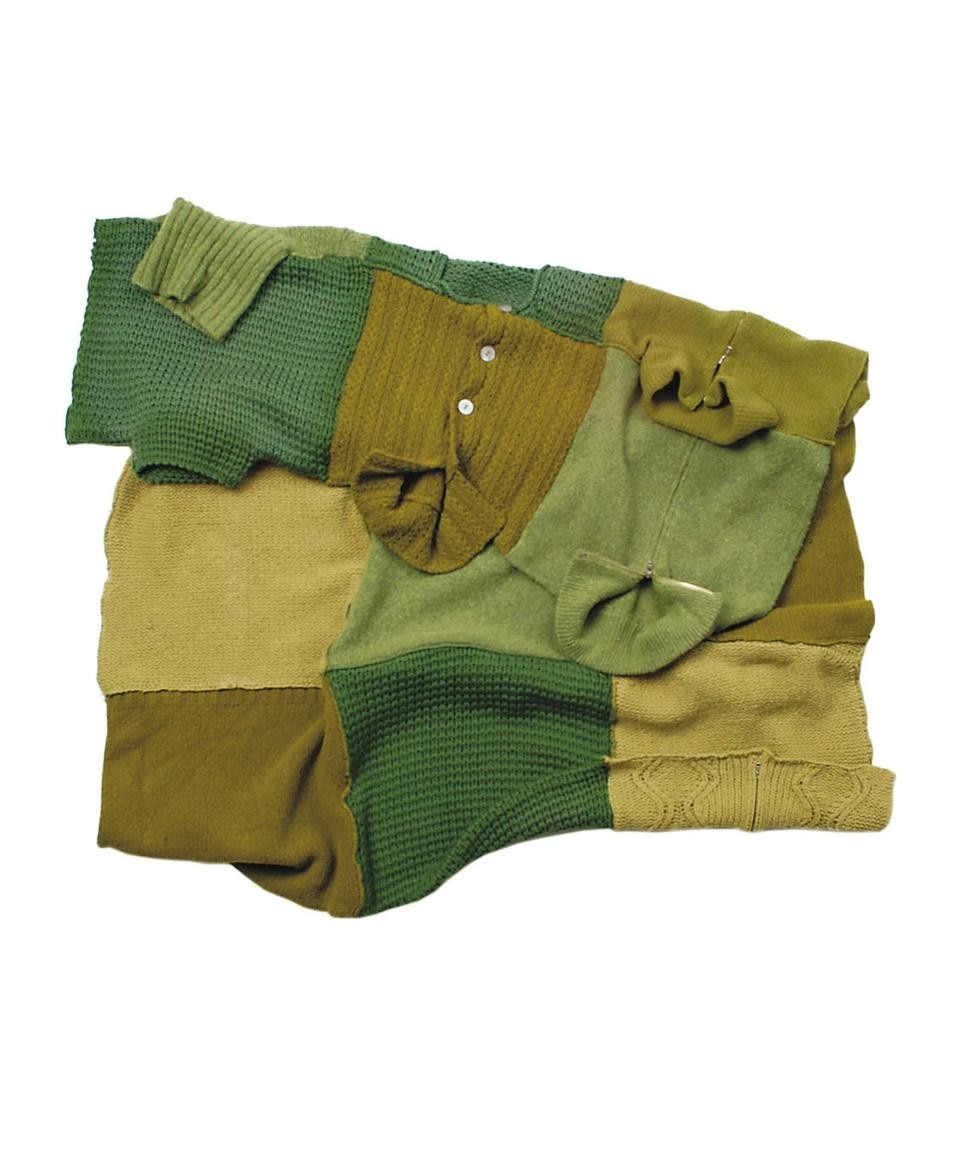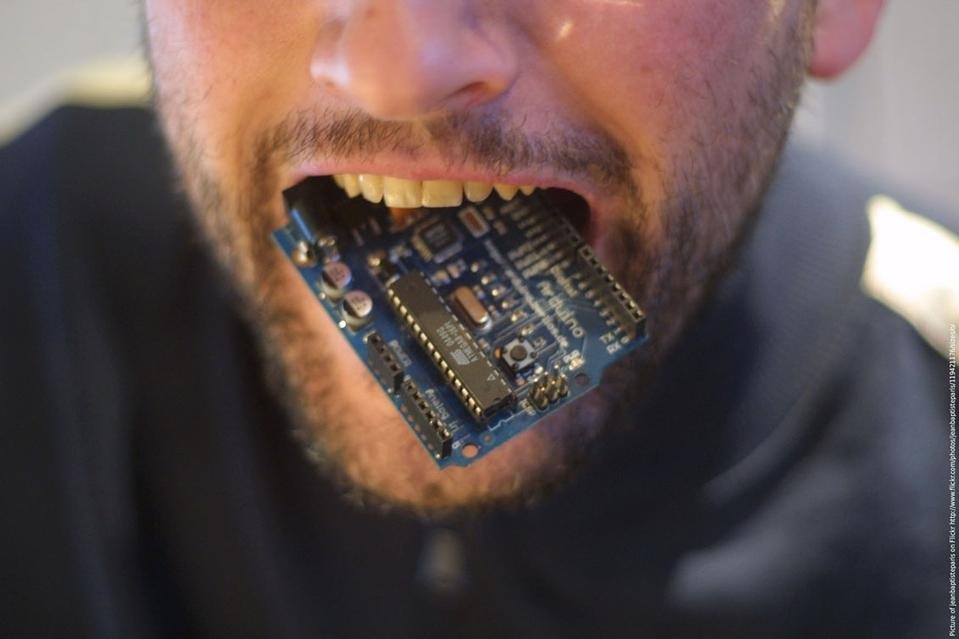But closer examination reveals not only a common thread but a fairly obvious one. As the curator Stefano Maffei explains, "We are looking more at the project than the term design in itself, showing that there is a plan to change our everyday things via technology and the way we tackle production and thought processes. It means exploring a more complex world, a network of reflections and thoughts that influence the field of design."
The exhibition looks into the more immaterial aspects of design: services, technology, education (with the Reggio Children example) and production processes focused on sustainability. "These are things I see in design but official design does not talk about them much", continues Maffei. This exhibition also addresses the excellence of Italian products, a culture of making things that can roll up its sleeves and try to change the world with good ideas. ("It is an attempt to show what can be done and is already being done in Italy. ") These projects do not focus on the product alone, they have a systemic or overall vision. "They weigh the project up at 360° and, with an ethic, really do change things", explains the curator.
All this takes us back to the original spirit of design in which not everything that is designed must have the sole end purpose of becoming a commodity. The economic circuit does of course exist but what you must do – as in this case – is find a healthy process in which not everything designed is commodified. A circuit that – as you read on the walls of the exhibition – "does not produce only objects but perhaps also objects of the mind". Elena Sommariva
26.5.2010 – 27.6.2010
designoftheotherthings
Triennale Design Museum, Triennale, Milano
